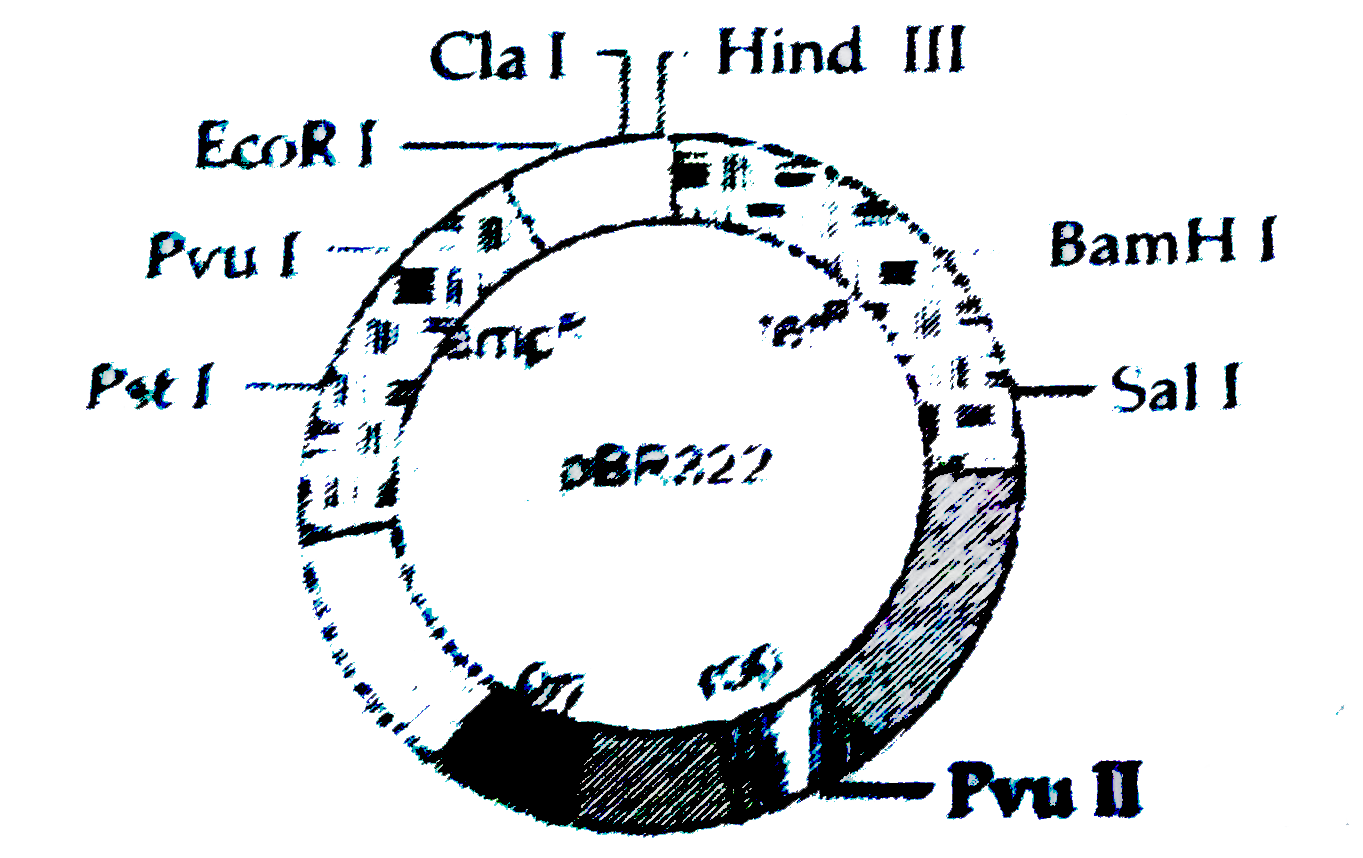If we introduce the desired gene into the bacteriophage DNA and the bacteriophage is allowed to divide in the number of copies of the desired gene that can be produced is expected to be :
No bacteriophage will be produced.
Less than the number of bacteriophages produced.
More than the number of bacteriophages produced.
Equal to the number of bacteriophages produced.
The correct Answer is:D
Step by step video & image solution for If we introduce the desired gene into the bacteriophage DNA and the bacteriophage is allowed to divide in the number of copies of the desired gene that can be produced is expected to be : by Biology experts to help you in doubts & scoring excellent marks in Class 12 exams.
Updated on:21/07/2023Similar Questions
A 'giant mouse' in the laboratory can be produced by gene:
View SolutionThe technique involving insertion of a desired gene into the DNA of plasmid vector is know as
View SolutionA transgenic mice that carries a desired gene replaced by other gene is called
View Solution(i) Name the organism in which the vector shown in inserted to get the copies of the desired gene.
(ii) Mention the area labelled in the vector responsible for controlling the copy number of the inserted gene.
(iii) Name and explain the role of a selectable marker in the vector shown.

View SolutionThe transfer of chimeric DNA gene into host cells can be done by
View SolutionThe traditional inclusion and multiplication of genes along with the desired genes involves
View SolutionIndependent genes that copy other genes so as to produce a similar effect are called
View SolutionLarge number of desirable characters can be incorporated into a single variety by
View SolutionThe different steps of recombinant DNA technology are given below randomly.
(i) Isolation of the DNA fragments or genes to be cloned
(ii) Introduction of the recombinant DNA into a suitable cell (usually E. coil) called host (transformation)
(iii) Multiplication/expression of the introduced gene in the host
(iv) Selection of the transformed host cells, and identification of the clone containing the desired gene/DNA fragment
(v) Insertion of the isolated gene in a suitable plasmid vector
Which of the following represents the correct sequences of steps ?
View SolutionIn a complimentary gene interaction calculate the number of phenotype and genotype produced in a cross AaBb x aaBB.
View Solution
